
Changes in technology over the past few years have finally given us a path to “cut the cord” without losing out on our favourite content. Netflix, Crave, Amazon Prime Video and/or YouTube can give you the movies and TV that you desire while specialty options (like DAZN and Sportsnet NOW, for instance) can give you the sports and other content that you crave. However, is that the only thing that you’ll need? Throughout this how-to, we will list out the three items that can help you cut the cord for good: a TV antenna, a media streaming device and a good in-home network.
Cut the Cord: TV Antennas
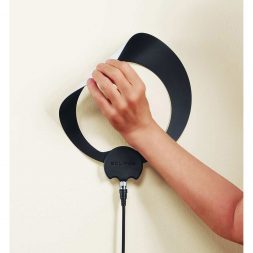
This may be hard to believe for some, but you can still capture some content over the air with the right tools. To capture over-the-air channels, you will need a TV Antenna. With one of these devices, you may be able to capture channels like Global, CTV as well as smaller local stations (and even more if you live near a U.S. border). Two considerations will dictate which antenna you should buy: unit placement and budget.
Antennas: consider placement
First, indoor versus outdoor placement. Many antennas are classified as primarily for indoor use or outdoor use, but some units have been designed for both purposes. If you are renting an apartment, you will likely select an indoor unit, but if you are a home owner, you may opt for an outdoor unit. The two key considerations apart from indoor/outdoor are the range of the antenna and sightlines for the signal.
Range: Included in the specifications of an antenna is the maximum distance between the antenna and the transmission towers sending the signal. If you live near several major cities then there will likely be many transmission towers located fairly close to your home—and you’ll probably be able to pick up a wide range of television channels over the air. However, if you live in a remote area, far from a major city, your over the air signal options will be limited—your antenna will just be too far from most transmission towers to pick up the signal.
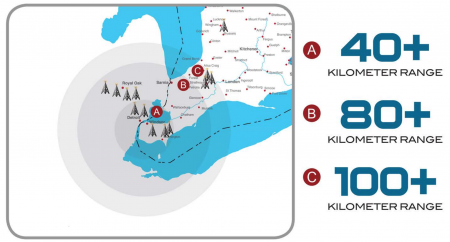 For example, when I was living in London, Ontario, I could only get about 6 channels reliably with a small indoor antenna (CTV, Omni 2 and Global were among them). In Windsor, Ontario (a small city bordering Detroit, Michigan), I can get many more channels with the same device.
For example, when I was living in London, Ontario, I could only get about 6 channels reliably with a small indoor antenna (CTV, Omni 2 and Global were among them). In Windsor, Ontario (a small city bordering Detroit, Michigan), I can get many more channels with the same device.
Sightlines: Most of the TV station signals you receive on your antenna will rely on line of sight transmission. This limits the effective range of any antenna to about 125 Km, due to the curvature of the Earth. Other factors that affect sightlines are obstructions like building materials, heavy forests around your home, etc. This is why placing an antenna outside and high on the roof or a mast will usually provide a huge improvement to an antennas reception.
Here are a few antennas to consider:
The Antennas Direct ClearStream Eclipse Amplified Indoor Multidirectional TV Antenna is an indoor unit. This small device can still provide an 80km range, however.
A great outdoor option, also from Antennas Direct, is the Clearstream 4Max indoor/outdoor multidirectional antenna. It comes with a twenty inch mast and mounting hardware, and can capture signals from up to 120 Km away!
Lastly, antennas come in a huge variety of shapes and sizes. For example, this indoor/outdoor antenna from Philips has an appealing “wing” design that would look cool near your television. It has a range of over 90 Km!
How to find over the air TV stations
For information about you can get over the air, you can visit one of the many websites that provide this service (here is a popular one many people use). This handy tool can provide information about what channels you can receive based on the range of your antenna. Outside of that tool, the Best Buy Canada Blog has some great information about antennas, including how they can be used with your 4K television as well as how to set them up once you have found the right unit for your space.
How to watch sports without cable?
You can watch some news and television shows with an antenna, but what about sports? You may get the occasional NFL or NHL game over-the-air, but thanks to streaming services and the right device, you can watch endless amounts of sports. This includes out-of-market games that are not available over-the-air.
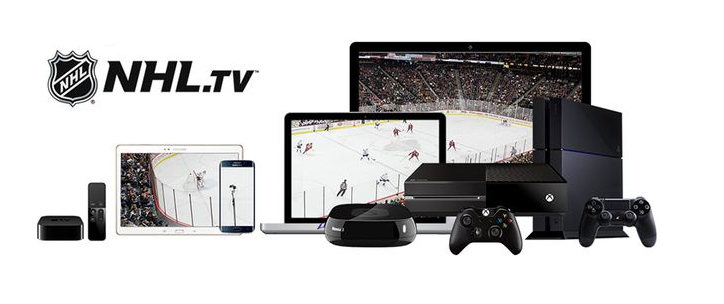
If you’re a “broad” sports fan, you could opt for a service like Sportsnet Now. This platform gets you sports news, sports-talk and some games (like Raptors, Jays and some NHL games). You could even get some hockey games using the CBC’s streaming apps. If you are a fan of a specific sport or team not covered with these options, you could opt for a sport specific service. There are apps for everything including NHL, MLB, WWE, and MLS to name a few. You will need a device to stream the content to, however, and our next section covers this in detail.
Cut the Cord: Media Streaming Devices
Streaming sticks and boxes are essential home theatre tools in 2019. These units are an all-in-one device for channeling all of your streaming services together in one place. Below, you will find just a few device suggestions (and find more information about streaming here).
Google Chromecast
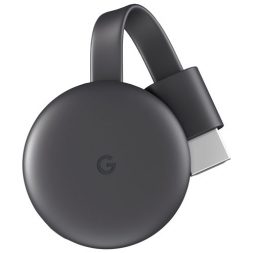 The Google Chromecast is the best entry-level device to help cut the cord. I recently reviewed the latest version of the Google Chromecast and really liked it; the third iteration of the device is snappy and simple, but you need to comfortable with your smartphone to get the most out of it.
The Google Chromecast is the best entry-level device to help cut the cord. I recently reviewed the latest version of the Google Chromecast and really liked it; the third iteration of the device is snappy and simple, but you need to comfortable with your smartphone to get the most out of it.
The device does not come with a remote. If you don’t mind using your phone, you can stream YouTube, Spotify, Twitch and more from your phone with ease. One small caveat with the device: Chromecast only allows you to stream content at up to 1080p and does not support 4K video. If you want to steam in 4K, you will need the Chromecast Ultra.
Amazon Fire Stick
Another streaming device that is simple to set up and use comes from Amazon: the Fire Stick. It comes in a HD or 4K versions and allows you to connect to a huge range of streaming content. In addition, with Alexa built-in you can use your voice to control most functions: “Alexa, play Marvelous Mrs Maisel!”
Roku
There are actually many different manufacturers of pure streaming devices, so the last one I’ll mention here is Roku. Again, you can get all of your favourite streaming content on Roku streamers. In addition, people around the world can add their own channels to the Roku selection, effectively adding a ton of viewing options (over 3000 channels!). If you like to explore and discover new content, this might be the option for you.
Game Consoles
Your Xbox One or PS4 can do more than just play Fortnite! Both consoles also have a full suite of available streaming apps to download. Just be certain that your favourite app appears on the console’s app store before you settle on using the device as your principle streaming tool. Some secondary apps don’t appear on Xbox Live or PlayStation Network.
If you have a Switch, your options are limited for the time being, but more streaming services may be added as time goes on.
Other Alternatives
I own at least 8 different devices that can stream content in my home. Aside from the devices that we have already touched on, you can also use an Apple TV, Amazon Fire TV Stick or Roku device to stream content to your television and help cut the cord. These devices each have their own particularities, check out the Media Streamers section of the Best Buy Canada website for more details, or read Erin’s blog, Can one streamer rule them all?, to learn more.
Cut the Cord: Boosting In-Home Wi-Fi (Mesh Networking)
Before you rely on streaming in your home, you will need to ensure that your home network is up to the task. Streaming video is bandwidth intensive and mesh networking can strengthen your in-home Wi-Fi if you’re experiencing issues like signal dropping and excessive buffering, for example.
Whole Home Mesh Networking
Whole Home Mesh Wi-Fi is a great compliment to a “cut the cord” initiative. With this system, you will place a series of small nodes in different rooms to strengthen the signal in every nook and cranny in your home. Think of a spider’s web; as you as add more nodes, you will amplify your Wi-Fi signal throughout your home. This can even be useful in apartment buildings, where Wi-Fi signals will be plentiful.
We took a look at the Google Wi-Fi but there are also Mesh Networking solutions from NetGear and Linksys to name a few. If you have a small home or apartment, you may opt for a single Wi-Fi node and for larger homes, you may opt for a multi-pack solution.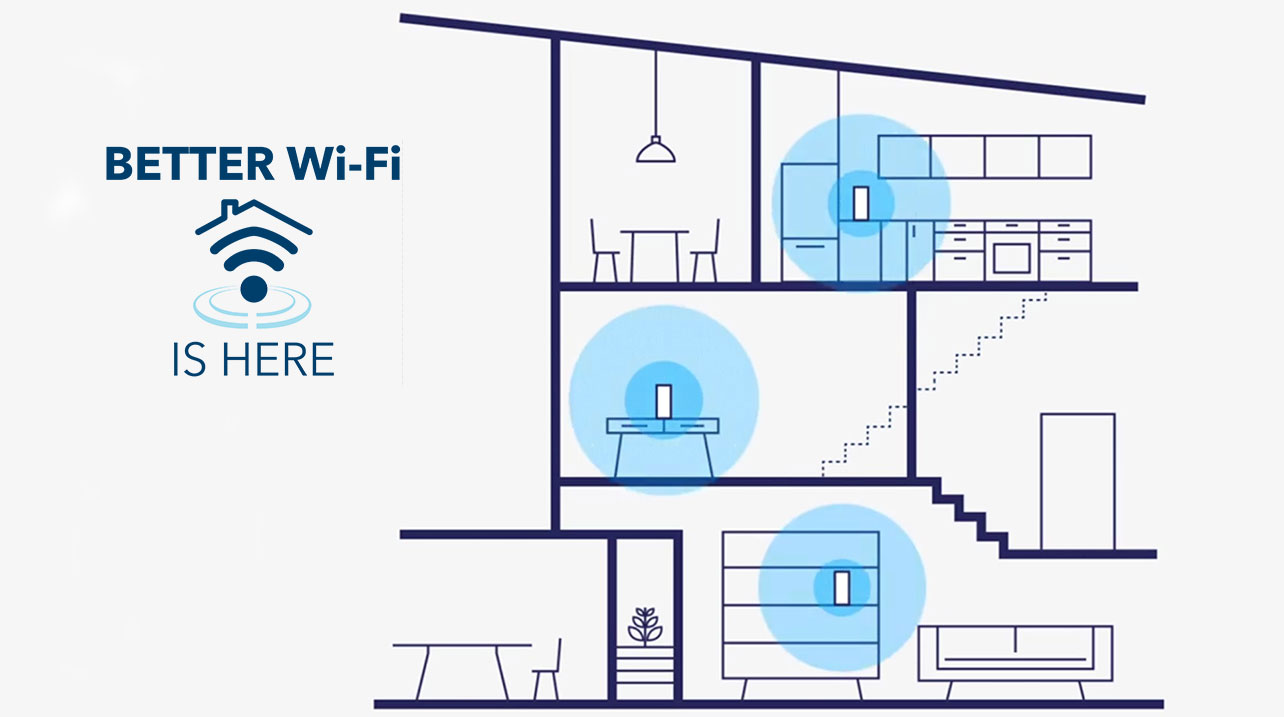
Cut the Cord: Next Steps
With these three tools at your disposal, you may finally be comfortable enough to cut the cord and leave cable behind for good. If you are still leery at this juncture, Rae Chen has more suggestions for you. But if you are ready, build your list and check out the Best Buy Canada Home Theatre website or your local Best Buy Canada store for more details.



